Hanoi weather by month: Everything you need to know before visiting
If you are preparing for a trip to Vietnam’s capital, one of the most important questions to ask yourself is: how is the Hanoi weather? Hanoi’s climate is unique with four distinct seasons, each painting the city with a completely different atmosphere. Understanding these shifts will help you pack wisely, plan your itinerary, and make the most of your journey.
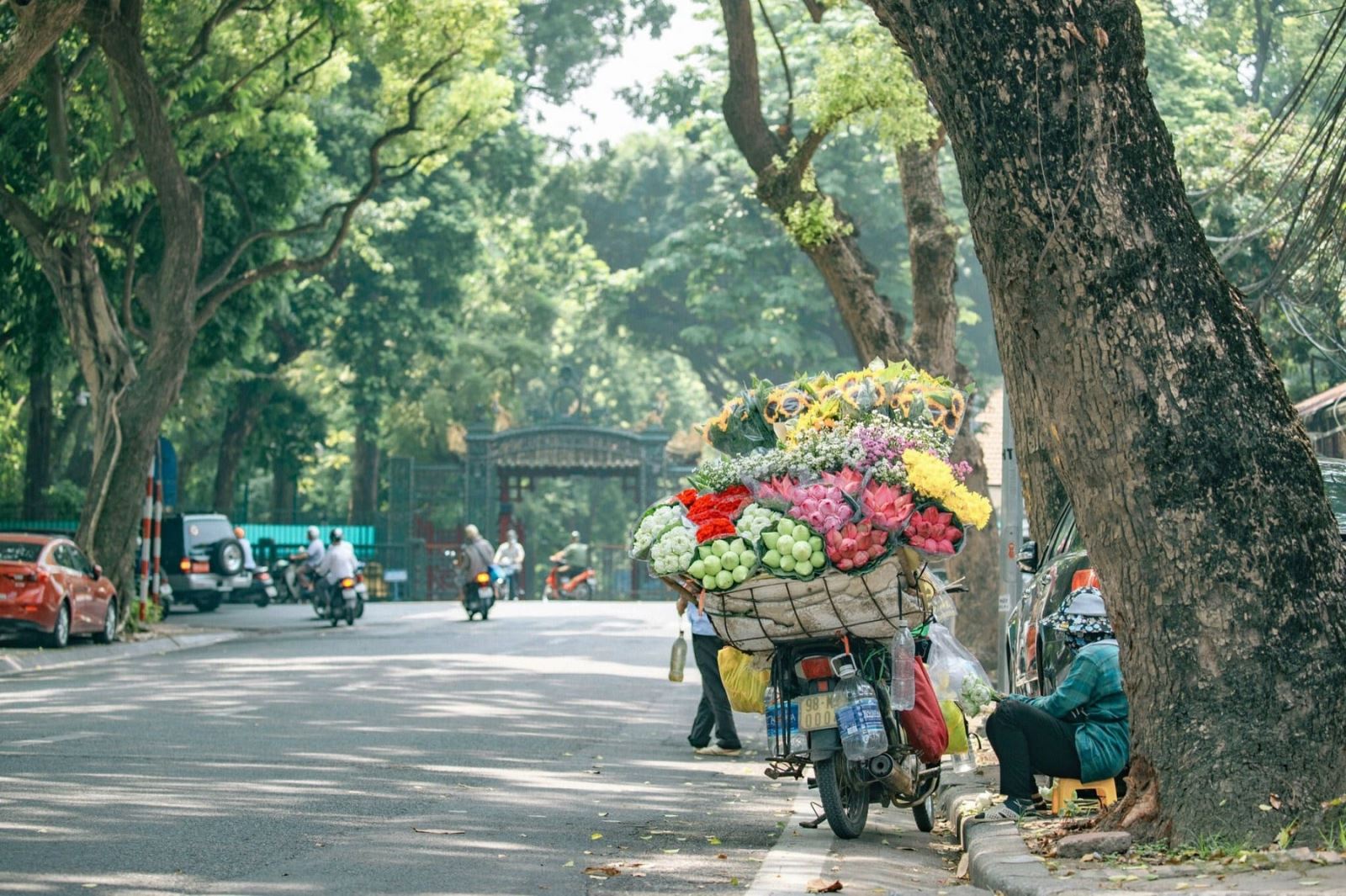
Hanoi weather by month: Everything you need to know before visiting
Understanding Vietnam Hanoi weather
Geographically, Hanoi lies in northern Vietnam’s Red River Delta, a region influenced by both subtropical and monsoon patterns. This position makes Hanoi Vietnam weather one of the most varied in Southeast Asia. Winters can dip as low as 10°C, summers climb to 38°C, and humidity frequently hovers above 70%. These conditions create dramatic seasonal contrasts that not only affect the environment but also shape local culture and daily life.
A traveler who arrives in July may remember Hanoi for its tropical downpours and buzzing nightlife, while someone who comes in October will recall golden leaves falling around Hoan Kiem Lake under a gentle breeze.
Hanoi weather by month
Because of its subtropical climate and four distinct seasons, Hanoi weather by month changes dramatically throughout the year. Each month offers a different mood and travel experience. Here’s a closer look at how the city feels month by month:
January: The coldest month in Hanoi, with temperatures around 14 - 16°C. The air is damp and chilly, especially at night. It’s perfect for warming up with pho, hotpot, and egg coffee. Pack warm clothes, as the humidity makes the cold feel sharper.
February: Temperatures begin to rise slightly (16 - 18°C), but light drizzle and mist are common. This is also the month of Tet (Vietnamese Lunar New Year), when streets are decorated with peach blossoms and kumquat trees. It’s a culturally rich time to visit, though some shops may close for the holiday.
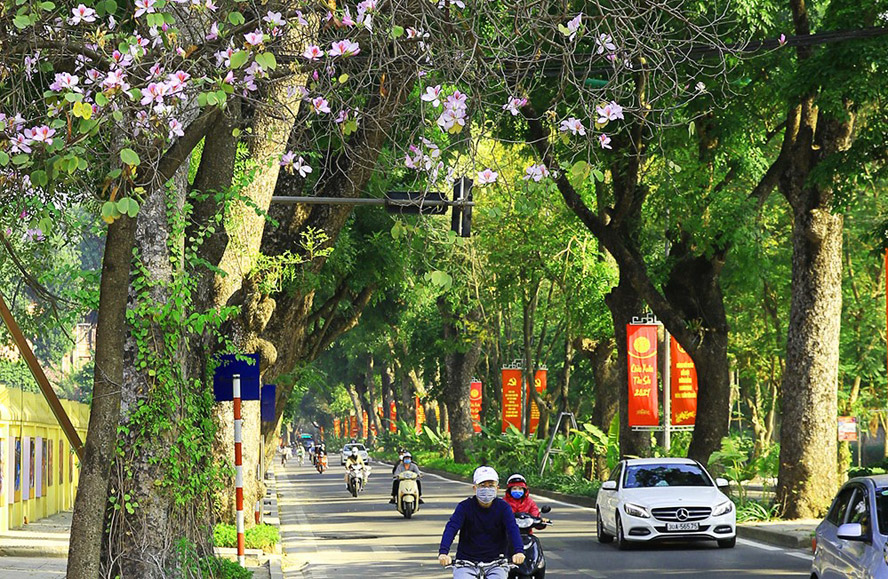
March: Spring arrives, with temperatures averaging 18 - 22°C. The city is fresh and green, flower gardens are in bloom, and the air feels softer. Ideal for outdoor sightseeing and photography.
April: Warmer days (22 - 27°C) signal the transition into summer. Rain is occasional but not overwhelming. It’s a great month for both city walks and excursions to Ninh Binh or Ha Long Bay before the summer crowds arrive.
May: The start of Hanoi’s hot season. Temperatures climb above 30°C, and humidity rises. Expect occasional rain showers. This month marks the arrival of tropical fruits like lychee, making food markets vibrant.
June: Heat intensifies (32 - 36°C). Afternoon thunderstorms become frequent. It’s best to plan indoor activities during the midday heat and explore outdoors in the early morning or evening.
July: The hottest and wettest month. Daily highs often exceed 35°C, and rainfall is heavy, sometimes flooding streets. Travelers who come in July should be prepared for sudden downpours but will find fewer crowds at attractions.
August: Still hot and rainy, but storms begin to ease toward the end of the month. It’s a transitional period when the city slowly shifts toward autumn.
September: The beginning of autumn. Rain decreases, temperatures cool (25 - 30°C), and the air feels fresher. Streets are greener and more comfortable for walking. A great month for photography and cultural exploration.
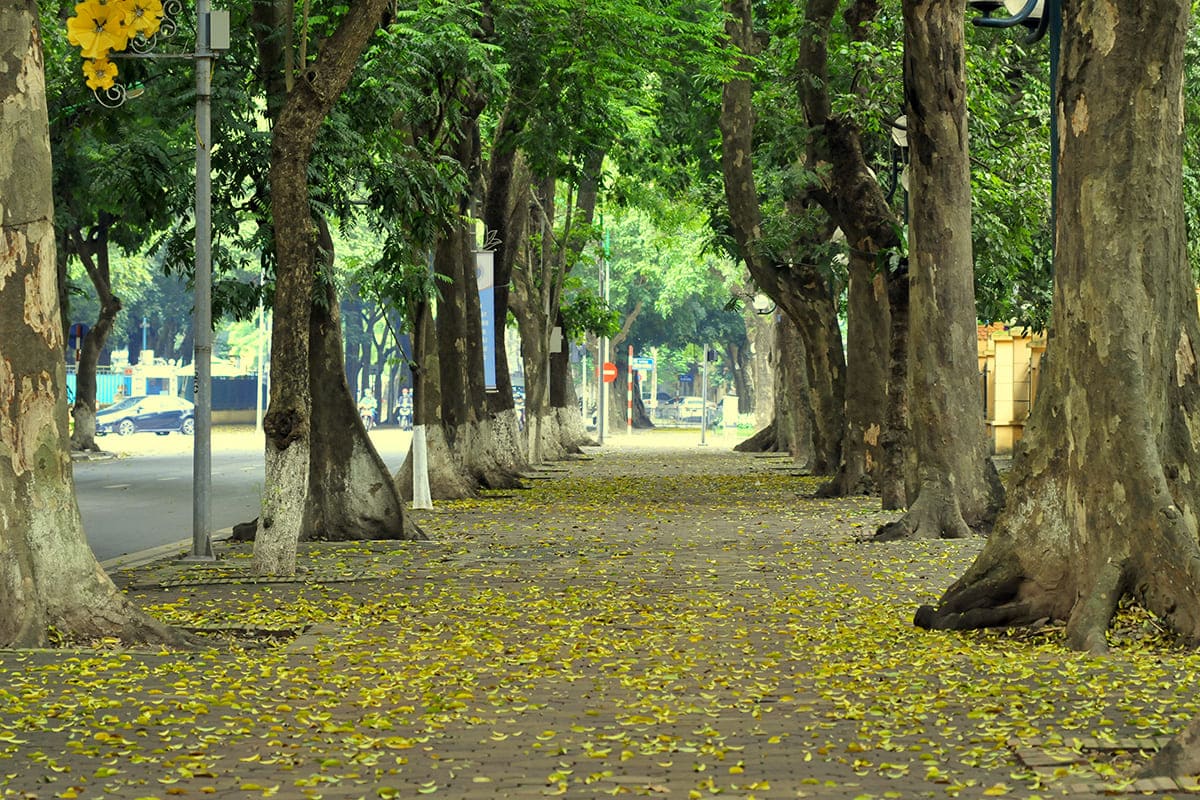
October: Widely considered the best month to visit Hanoi. Weather is dry and mild (20 - 28°C), skies are clear, and trees turn golden. Perfect for strolling around Hoan Kiem Lake or enjoying coffee by West Lake.
November: Cool and pleasant, with temperatures around 18 - 24°C. Rain is minimal, and the city atmosphere is calm and romantic. Another excellent month for sightseeing and cultural tours.
December: Winter returns, with averages of 15 - 18°C. The damp cold makes evenings feel chilly, but the city becomes cozy with festive lights and hot street food.
Here’s how Hanoi weather by month looks:
Hanoi yearly weather overview - Best time to visit Hanoi
One of the reasons travelers are fascinated by Hanoi yearly weather is that it showcases all four seasons, which is unusual for much of Southeast Asia.
Spring (February - April)
Spring is another highly recommended time to visit. Temperatures are pleasant (18 - 23°C), though humidity and light drizzle are common. The mist that lingers in the mornings gives Hanoi a poetic feel, with soft light over Hoan Kiem Lake.
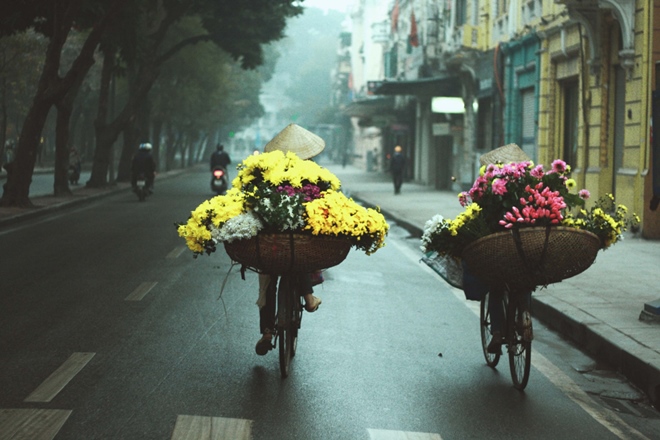
The highlight of spring is Tet, the Vietnamese Lunar New Year, which usually falls between late January and mid-February. The city bursts with festive energy: peach blossoms, kumquat trees, flower markets, and families preparing for celebrations. Travelers who come during Tet can witness traditional customs, though some businesses may close temporarily.
March and April are excellent for sightseeing, as the weather warms up slightly and gardens across the city bloom with flowers. It’s an ideal time for temple visits, cultural exploration, and day trips to nearby destinations like Ninh Binh or Ha Long Bay.
Summer (May - August)
By May, Hanoi is drenched in heat. The summer sun is fierce, often pushing temperatures beyond 35°C, and combined with humidity, the city can feel like a sauna. Sudden downpours and afternoon thunderstorms are common, especially in July, the wettest month of the year. Streets may flood briefly, but life continues - vendors quickly cover their stalls with tarpaulins, and locals pull on ponchos as scooters weave through the rain.
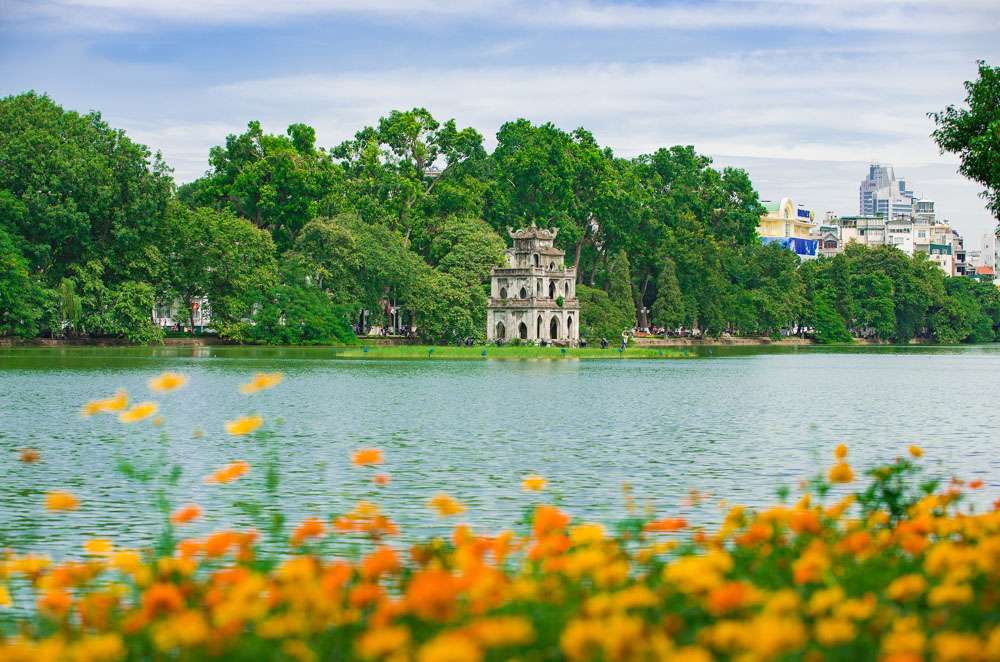
While sightseeing can be challenging, summer has its charm: the air is filled with the fragrance of blooming lotus flowers. Tropical fruits like lychee and mango arrive in markets, and Hanoi’s nightlife becomes particularly vibrant. If you can embrace the heat, this season offers an energetic and lively version of the city.
Autumn (September - November)
For most visitors, autumn is the best time to visit Hanoi. The weather is comfortably mild, with daytime temperatures ranging from 20–28°C. The skies are clear, rainfall decreases significantly after the summer monsoon, and a gentle breeze makes walking around the city a delight. Hanoi’s tree-lined boulevards turn golden, especially around Hoan Kiem Lake and Phan Dinh Phung Street, creating postcard-perfect scenes.
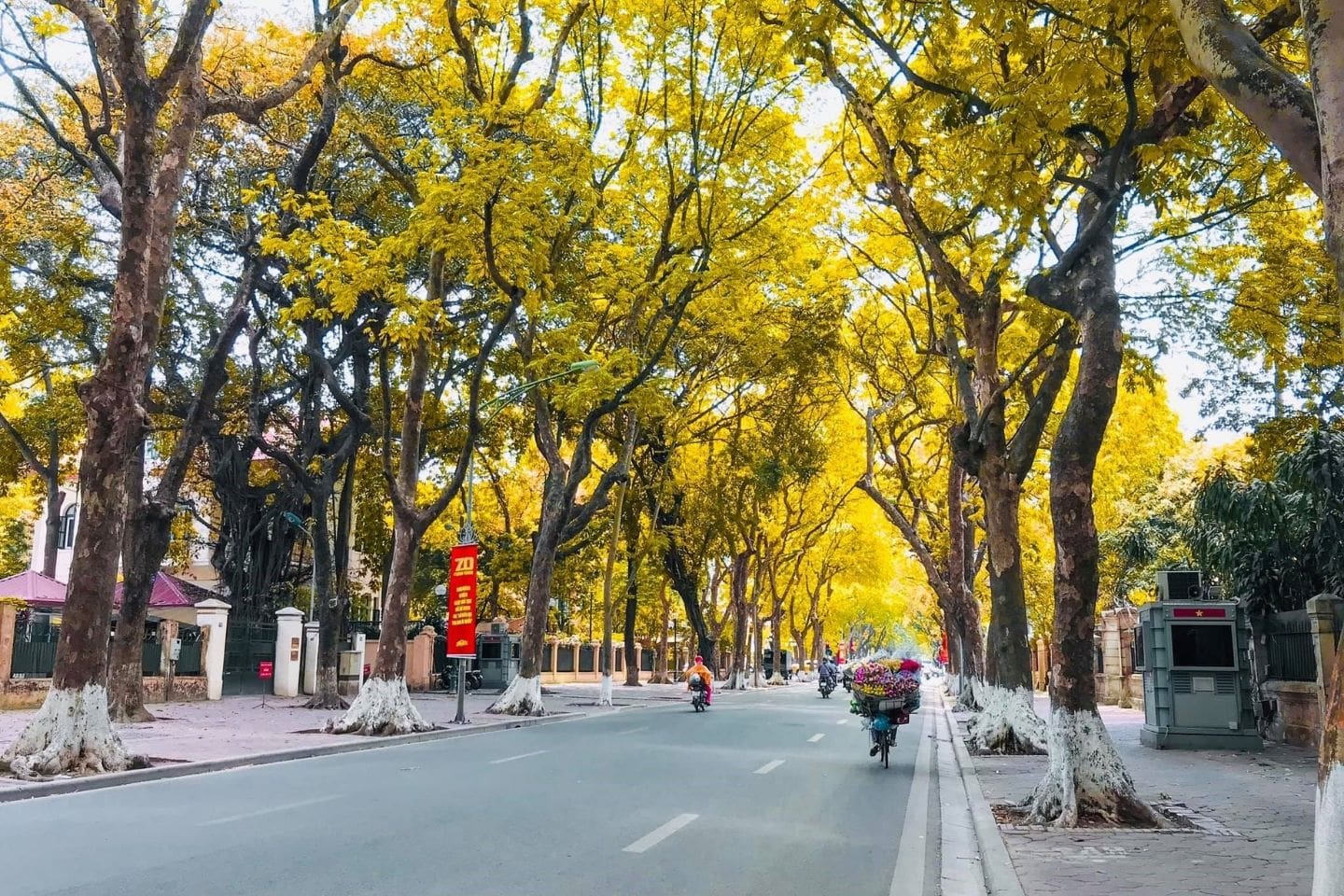
This is also when locals slow down to enjoy the crisp air, sipping iced tea on sidewalks or taking evening walks around West Lake. For travelers, autumn is perfect for outdoor exploration: wandering the Old Quarter, visiting the Temple of Literature, or enjoying a motorbike street food tour without battling either extreme heat or persistent drizzle. Photographers love this season, and couples often choose it for wedding photos.
Winter (December - January)
When winter arrives, cold winds sweep down from the north, bringing temperatures that hover between 10 and 16°C. Though Hanoi never sees snow, the damp air makes the chill feel sharper than the numbers suggest. Locals bundle up in coats, scarves, and gloves, while cafés fill with people warming their hands around cups of hot tea or egg coffee.
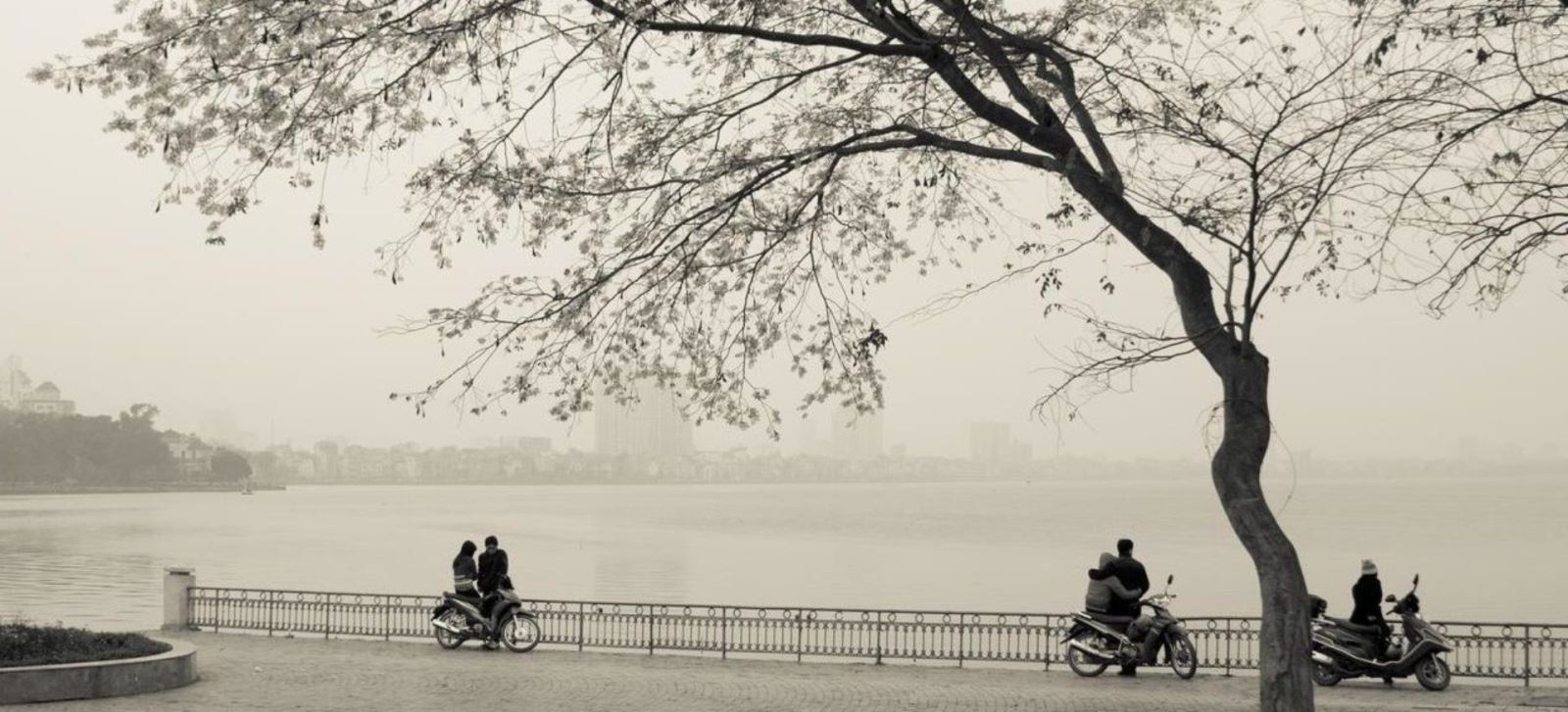
Hanoi yearly weather overview - Best time to visit Hanoi
This is the season to enjoy Hanoi’s comfort food: steaming bowls of pho, spicy hotpot shared among friends, roasted sweet potatoes, and egg coffee in a warm café. For those who enjoy a slower pace and don’t mind the cold, winter can be a wonderful time to experience Hanoi differently. It’s also a quieter tourist season compared to autumn, so attractions may feel less crowded.
Where to check reliable forecasts?
Because Hanoi weather can change quickly - one moment sunny, the next moment cloudy with a sudden downpour. Therefore, having a reliable source for real-time updates is essential for travelers.
One of the most widely used platforms is AccuWeather Hanoi. It offers hourly forecasts, 10-day predictions, and detailed information on temperature, humidity, wind speed, and even UV index. Many travelers prefer it for its accuracy and clear interface. Similarly, The Weather Channel and BBC Weather provide global coverage with data specific to Hanoi, often useful for comparing trends.
For those who want the simplest option, Google Weather - accessible directly from a smartphone search. It gives quick snapshots of current conditions and short-term outlooks. Meanwhile, local Vietnamese apps and websites such as Vietnam’s national center for hydro-meteorological forecasting can be especially valuable. They issue official alerts about storms, heavy rain, or sudden cold fronts that may affect travel plans.
Practical tips for travelers
When preparing for your trip, consider the season carefully. In winter, bring jackets and scarves; the chill is often underestimated. In summer, pack light cotton clothing, sunscreen, and stay hydrated. Spring requires a raincoat or umbrella for light drizzle, while autumn is comfortable with casual wear and perhaps a light sweater in the evening.
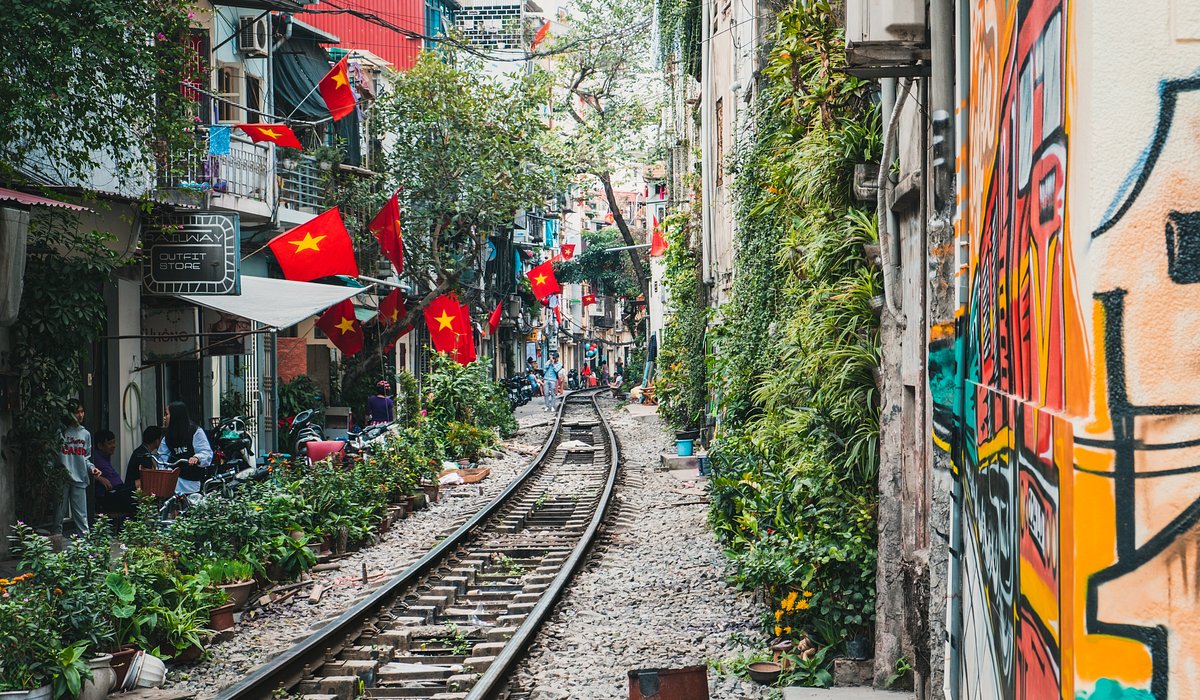
Adjusting your activities to the weather enhances your experience. On hot, rainy summer days, spend more time indoors exploring museums or enjoying Hanoi’s vibrant café culture. In autumn, take long walks through the French Quarter or cycle around West Lake. Winter calls for food tours, where steaming bowls of noodle soup or spicy hotpot warm you up. Spring is ideal for visiting temples and enjoying seasonal flowers.
Frequently asked questions about hanoi weather
When planning a trip, travelers often have very specific concerns about Hanoi weather - Whether it gets uncomfortably hot, how cold winters really are, or what to expect during the rainy season. Below are some of the most common questions, answered in detail to help you prepare better.
Does Hanoi get snow?
The answer is no - Hanoi winters are chilly and damp, with average temperatures of 10 - 16°C, but not cold enough for snow. A frequent curiosity among travelers from temperate climates is whether snow ever falls in Hanoi. If you truly wish to see snow in Vietnam, you would need to travel north to mountainous regions such as Sapa or Fansipan, where snowfall occasionally occurs in December or January during cold snaps.
What is the coldest month in Hanoi?
Many visitors wonder how cold it actually gets. January is usually the chilliest month, with daytime temperatures averaging 14 -16°C. Because humidity is high, the air feels colder than the numbers suggest, especially at night. This damp cold is very different from the dry cold of Europe or North America, which often surprises travelers. Packing sweaters, jackets, and scarves will ensure you stay comfortable.
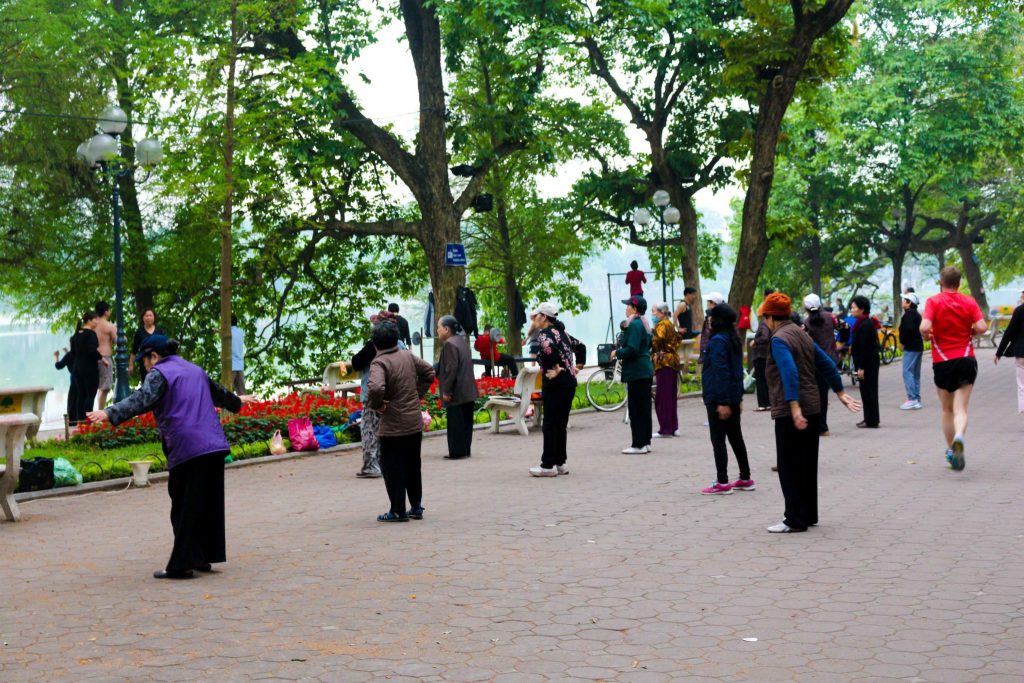
What is the hottest month in Hanoi?
July is typically the hottest month, with highs often surpassing 35°C and sometimes climbing close to 39°C. Combined with humidity, this makes the heat feel intense. Locals usually avoid going out during midday, preferring mornings and evenings instead. Travelers should follow the same rhythm, keep hydrated, and plan indoor activities like museums or café visits during the hottest hours.
When is the rainy season in Hanoi?
The rainy season runs from May to September, peaking in July and August. Expect heavy showers in the afternoon that can cause temporary flooding in low-lying streets. Luckily, these downpours often pass quickly, leaving behind cooler air. Carrying a lightweight raincoat or umbrella is strongly recommended if you visit during these months. Despite the rain, this is also the season of lush greenery and abundant tropical fruits.
How does Hanoi’s weather compare to Ho Chi Minh City?
Hanoi has four distinct seasons - cool winters, humid springs, hot summers, and mild autumns - with temperatures ranging widely between 10°C and 38°C. Ho Chi Minh City, by contrast, has only two main seasons: dry and rainy. It stays warm year-round at around 28 - 33°C and never experiences the kind of cold Hanoi does. This difference makes Hanoi more appealing to those who enjoy seasonal variety, while Ho Chi Minh City offers consistent tropical warmth.
Where to stay in Hanoi?
Whether you’re wandering through misty spring mornings, escaping the summer heat, or enjoying the golden days of autumn, a well-located hotel in the Old Quarter makes all the difference. Staying in the heart of Hanoi allows you to easily explore Hoan Kiem Lake, the bustling night markets, and the city’s countless cafés and restaurants - without worrying about long commutes in unpredictable weather.
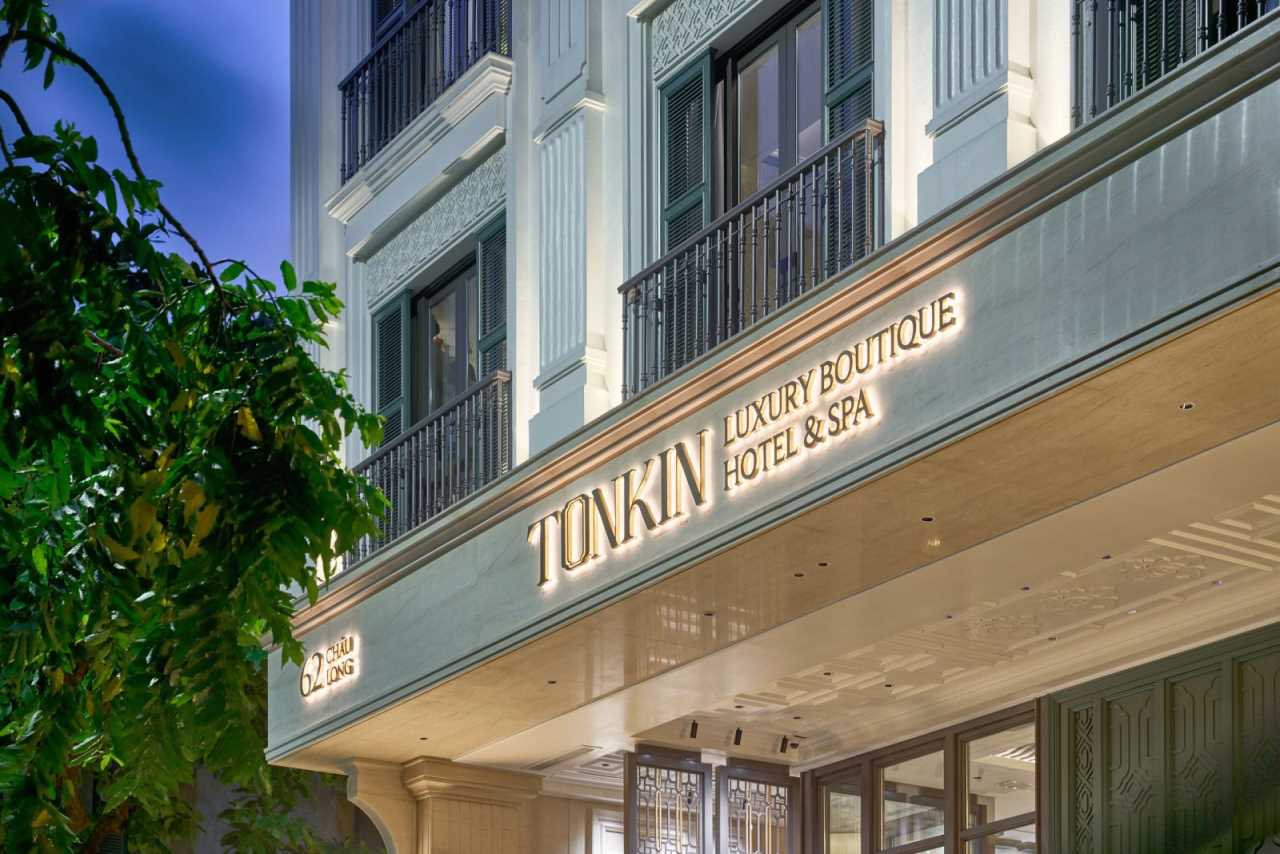
For travelers seeking both comfort and authenticity, Tonkin Luxury Boutique Hotel & Spa is a perfect choice. Nestled in the vibrant Old Quarter, the hotel blends elegant design with warm Vietnamese hospitality, offering a peaceful retreat after a day of exploring. L’iên spa services provide relaxation during humid summer days, while cozy rooms make chilly winter evenings comfortable. From here, you can step right into Hanoi’s cultural heartbeat while enjoying modern amenities and personalized service.
Whether you’re planning a short getaway or a longer journey, let Tonkin Luxury Boutique Hotel & Spa be your home in Hanoi. Book your stay today via hotline 0989 409 412 and experience the capital in every season, at its very best.
More information
13 Vietnam Hanoi hotels for an unforgettable stay
Discover 10 Best Bars in Hanoi Old Quarter
Discover 10+ beloved hanoi hotels near Old Quarter
Top 10 Hanoi Old Quarter restaurant – A culinary journey through historic streets
Best accommodation Hanoi Old Quarter: Hotel recommendations and tips for booking